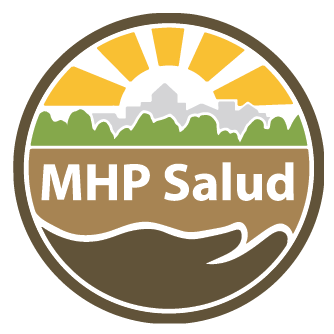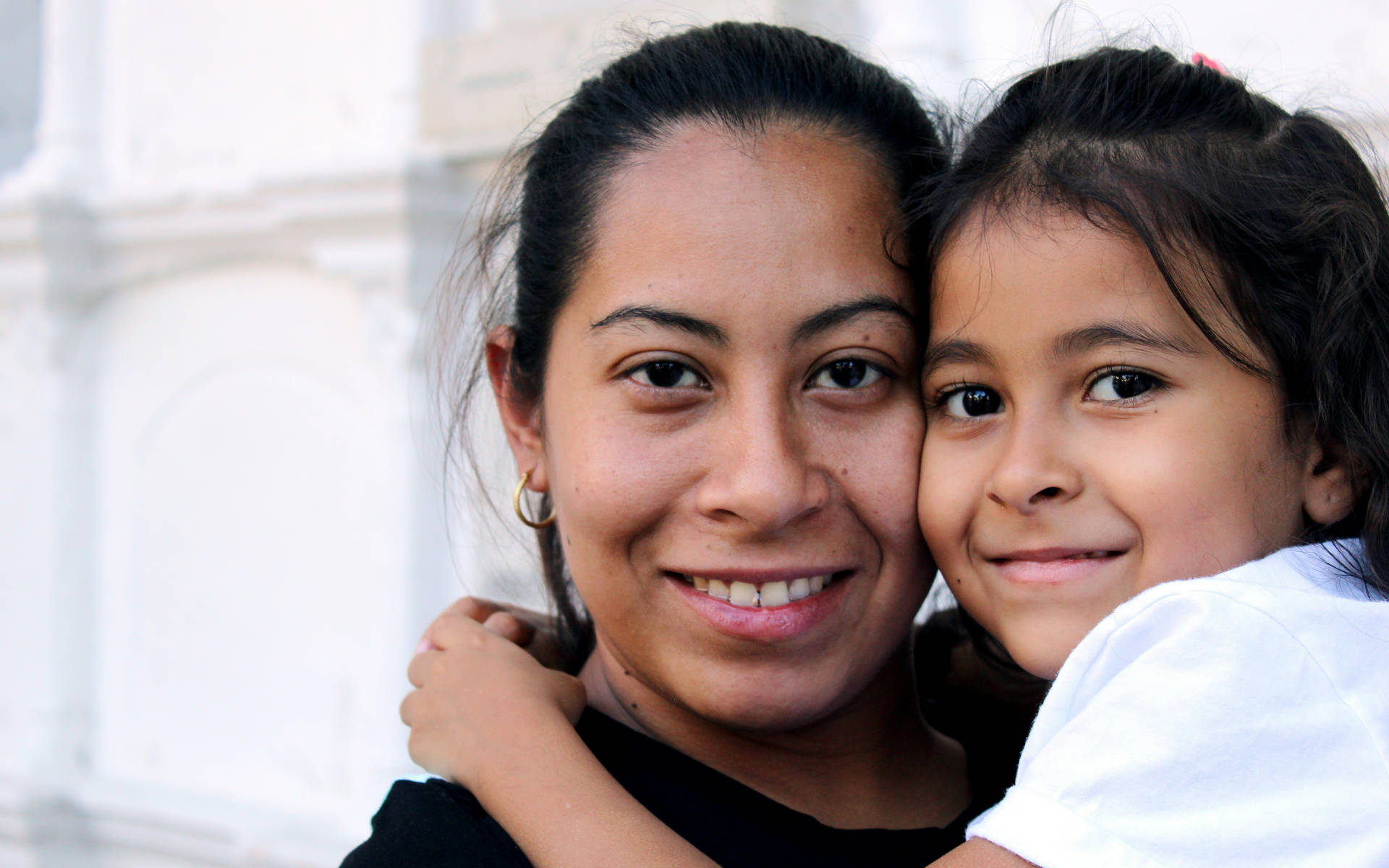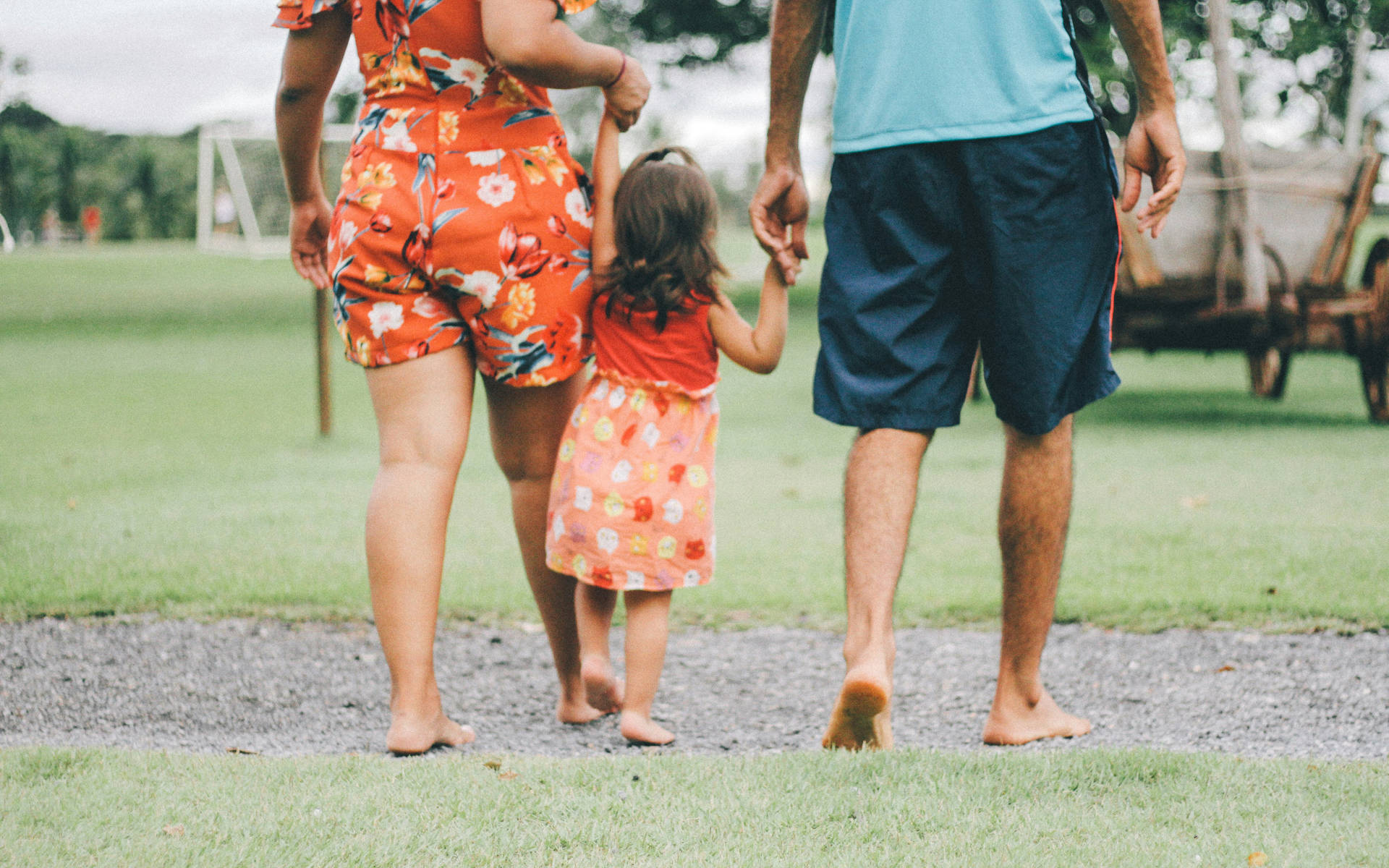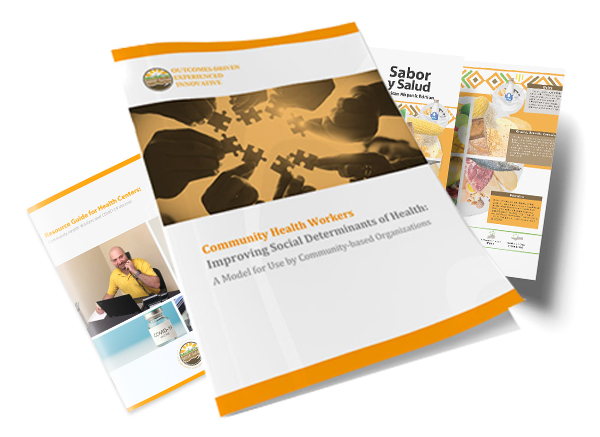CHWs: The Key Players in Heat Stress Management Strategies Among MSAWs
As global temperatures rise, farmwork increasingly puts Migrant Seasonal Agricultural Workers (MSAWs) at risk for heat-stress health concerns.
Proactively collaborating with key stakeholders and sharing resources can help reach more MSAWs and raise awareness about the dangers of heat-stress disparities.
Key stakeholders may include:
- Community Health Workers (CHWs): Frontline public health workers who are either trusted members of the community or have an unusually close understanding of it.
- Federally Qualified Health Centers (FQHCs) (and other health organizations): Federally funded nonprofit health centers or clinics that serve medically underserved areas and populations.
- Migrant Seasonal Agricultural Workers (MSAWs): Seasonal farmworkers who travel to perform agricultural tasks and cannot return to their permanent residence within the same day.
- General Community: Community members and leaders, local city health departments, and emergency preparedness task forces.
All stakeholders can play a role in reaching MSAWs through informal and formal outreach, conversations, and grassroots initiatives.
CHWs: Frontline Support
CHWs, including Promotores de Salud, play a vital role in enhancing health, mental health, and social knowledge, and in promoting self-sufficiency so MSAWs can proactively care for themselves in the midst of heat-stress challenges.
Because the unique qualities and skills of CHWs lead to trusting relationships with community members, they’re in a unique position to support emergency response and address recurring or emerging health and social issues. Moreover, their grassroots approach helps communities organize and respond to identified social or health needs – such as heat-stress concerns – fostering collective action for change.
- Provide community education, including emergency preparedness;
- Conduct outreach to disseminate information;
- Conduct needs assessments; and
- Provide informal social and health counseling within their scope of pracice.
As one out of every three community health center sites is in an area highly vulnerable to climate issues, it’s becoming more urgent for FQHCs to strategically include CHWs in their care teams to proactively address emergency and disaster situations. This integration aims to reduce or prevent injuries and deaths related to natural disasters, climate change, and emerging issues such as heat stress.
Heat stress occurs when individuals are frequently exposed to heat at work. It is the total amount of heat a person faces and depends on several factors:
- The environment (temperature, humidity, etc.);
- The intensity and duration of their work;
- The clothing they wear; and
- Their level of acclimation to the heat.
Initiating CHW-led community preparedness efforts and ensuring access to resources are crucial steps in mitigating the impacts of heat stress.
- Heat stress preparedness efforts
- Host workshops to recognize heat illness symptoms
- Train on preventive measures like hydration and shade
- Distribute multilingual materials for accessibility
- Response during heat stress emergencies
- Collaborate with local authorities to create emergency plans for heat-stress events
- Focus on effective community-wide responses
- Post-response efforts to heat-stress emergencies
- Conduct outreach to identify vulnerable individuals needing extra support during emergencies to help ensure no one is left behind
Understanding the composition of MSAW subpopulations is crucial for identifying health risks associated with heat stress. MSAWs often travel with their families, including young children and older adults, or they may face untreated/undiagnosed health issues or chronic conditions.
The Urgency is Real
Agricultural workers are 35 times more likely to die from heat-related causes compared to workers in other industries. Factors that increase heat stress among MSAWs are
- Intense manual labor;
- Payment systems that encourage overwork without breaks;
- Limited access to water, shade, or rest breaks; and/or
- Lack of access to clean drinking water, adequate housing, and essential health services.
Seven Essential Tips for MSAWs to Prepare for Heat Stress
- Recognize Heat Cramps
- Symptoms: Heavy sweating with muscle pain or spasms.
- What to Do:
- Move to a cool place.
- Drink water or a sports drink.
- Get medical help if cramps last longer than 1 hour or if the person has heart problems.
- Identify Heat Exhaustion
- Symptoms: Heavy sweating; cold, pale, clammy skin; fast, weak pulse; nausea or vomiting; muscle cramps, tiredness or weakness; dizziness; headache; or passing out.
- What to Do:
- Move to a cool place.
- Loosen tight clothing.
- Cool the body with wet cloths, misting, fanning, or a cool bath.
- Sip water slowly.
- Get medical help if vomiting occurs, symptoms last longer than 1 hour or worsen, or confusion develops.
- Act on Heat Stroke
- Symptoms: High body temperature (104°F or higher); hot, red, dry, or damp skin; fast, strong pulse; headache; dizziness; nausea; confusion; or passing out.
- What to Do:
- Call 911 immediately.
- Move to a cool place.
- Cool the body with wet cloths, misting, fanning, or a cool bath.
- Do NOT give the person anything to drink.
- Stay Hydrated
- Drink plenty of water throughout the day.
- Take Regular Breaks
- Rest in shaded or cool areas regularly.
- Wear Appropriate Clothing
- Choose lightweight, breathable clothing that protects from the sun.
- Use Sunscreen
- Protect skin from harmful UV rays by applying sunscreen.
A Call to Action to Prepare
Together, we can make a powerful impact in reducing heat disparities among MSAWs and all vulnerable populations.
CHWs can support education, and advocacy efforts by working with community members, local health departments, emergency task forces, and organizations like FEMA and the Red Cross.
Take Action Today:
- Get Trained: Participate in training programs on health advocacy, emergency preparedness, and climate resilience.
- Build Networks: Connect with other CHWs, health professionals, and organizations dedicated to supporting vulnerable communities.
- Lead Initiatives: Organize and lead community projects focused on education, support, and advocacy.
Resources
- Ready.gov: Be Prepared For Extreme Heat
- CDC.gov: Protect Your Workers From Heat Stress
- U.S Agricultura; Safety and Health Centers: Heat Safety Preparedness Campaign for Agriculture
- Extreme Heat and Your Health
- Heat Stress Risk Factors
- PUBLIC HEALTH WORKBOOK To Define, Locate, and Reach Special, Vulnerable, and At-risk Populations in an Emergency






